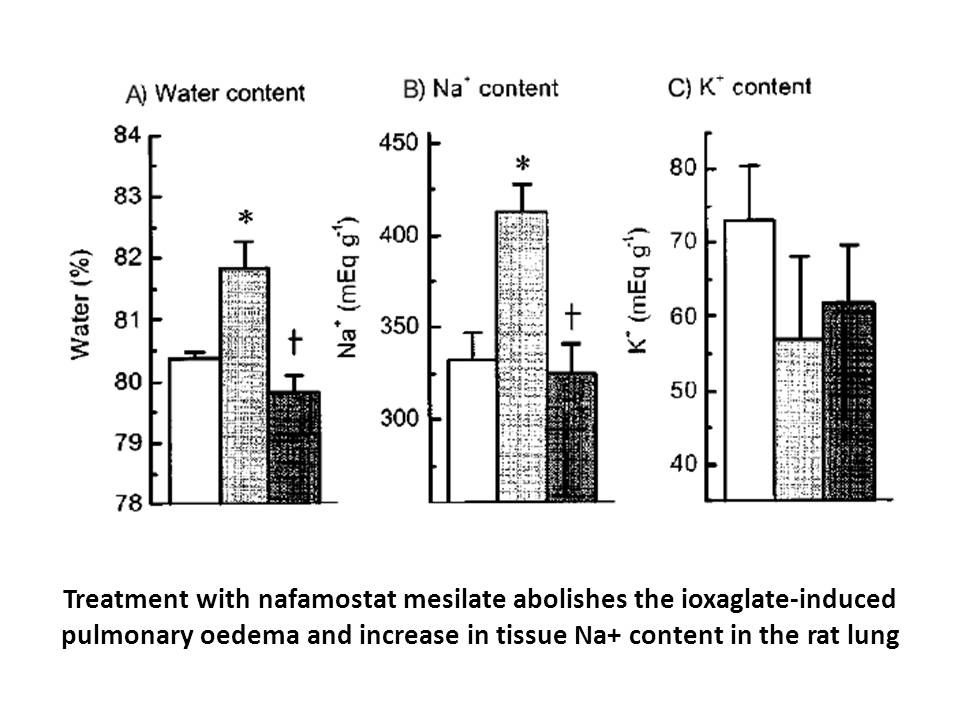Archives
br Conflict of interest br Acknowledgments This study
Conflict of interest
Acknowledgments
This study was supported by the National Natural Science Foundation of China (Nos. 81273501 and 81470378).
Introduction
Sudden cardiac death (SCD) is a tragic event and the aftermath is devastating to the surviving family and community. SCD occurs in nearly 400,000 cases every year in the US [1]. In adult populations, cardiomyopathies and cardiac ion channelopathies, along with coronary TASIN-1 disease (CHD), are the most common conditions that predispose patients to SCD. According to recent epidemiological studies of SCD in Western countries, CHD, cardiomyopathies, and ion channelopathies are diagnosed in ~75%, 10–15%, and 1–2% of the SCD cases, respectively [2]. In Japan, approximately 50,000 new cases of SCD are diagnosed every year [3]. CHD is less common in Japan than in Western countries: CHD, cardiomyopathies, and ion channelopathies account for 50–60%, 30–35% and 10% of the SCD cases, respectively [2]. In children or adults younger than 35 years of age, cardiomyopathies and ion channelopathies account for significant proportions of SCD [4]. Because of the low survival rate in aborted SCD cases (≤10%) [2], identification of patients at risk of arrhythmia is very important for the prevention of SCD.
This article provides a concise overview of genetic testing for inherited arrhythmias used in current clinical practice. It also provides a short introduction to NGS technology. Further, it briefly discusses genetic counseling, in which a multidisciplinary approach is required due to the increased complexity of genetic information regarding inherited arrhythmias. Because this article aims to provide basic knowledge regarding inherited arrhythmias for readers who are unfamiliar with this field, more detailed clinical and genetic characteristics of inherited arrhythmias are not within the scope of this article and can be found elsewhere [5–11].
scope of this article and can be found elsewhere [5–11].
Genetic testing for inherited arrhythmias
Inherited arrhythmias with structurally normal hearts: cardiac ion channelopathies
Inherited arrhythmias with structural abnormality: cardiomyopathies
To date, thousands of variants have been associated with inherited cardiomyopathies. A major challenge is to determine whether these variants are truly pathogenic or benign polymorphisms. In relation to arrhythmogenic right ventricular dysplasia/cardiomyopathy (ARVD/C), a recent clinical study involving a large number of patients has provided valuable information regarding the genotype–phenotype correlation [61,62].
Genetic counseling in inherited arrhythmias
Since genetic testing was implemented in clinical practice, the importance of genetic counseling in probands as well as in family members with inherited arrhythmias has been recognized. When a patient is confronted with the risk of sudden death and a possibility of transmitting a potentially fatal disease to his/her children, psychological consequences may naturally occur. Such psychological distress can, in fact, be addressed and improved by pre- and post-genetic test counseling [79]. A major problem currently faced in the era of NGS is that rare VUS are increasingly identified in disease-susceptibility genes, while there is no standard platform that allows proper processing and integration of raw massive genomic data with clinical data. Furthermore, NGS provides a chance to incidentally uncover pathogenic mutations in other, non-inherited arrhythmia-related conditions.
It is of paramount importance to assemble a team of experts to interpret the complex results of genetic testing. Therefore, a multidisciplinary approach involving the cooperation of cardiologists, geneticists, genetic counselors, and psychologists, and the interaction between experienced academic and local hospitals is strongly recommended [11]. Meanwhile, in research settings, collaboration and data sharing between research groups is encouraged to advance our understanding of the intricate genetic architectures of inherited arrhythmias.